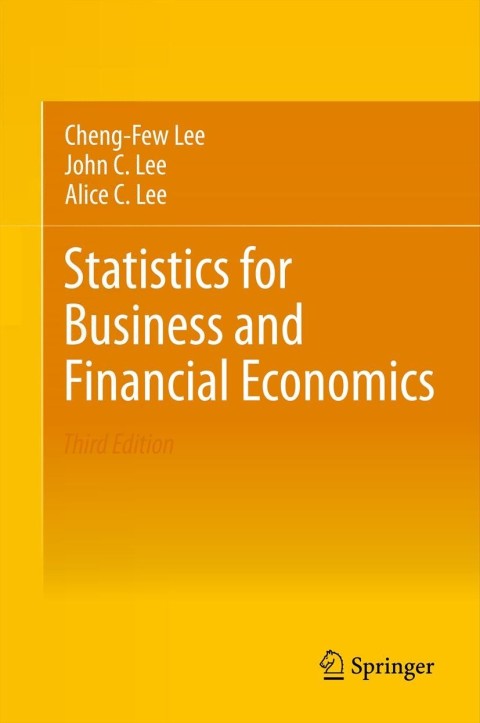(a) Reconstruct an expected utility table by using the table in question 4 and the assumption for...
Question:
(a) Reconstruct an expected utility table by using the table in question 4 and the assumption for utility units in question 6. If John makes his decision in accordance with the criterion of largest expected utility, which action will he choose?
(b) Redefine risk-averse, risk-neutral, and risk-taking in terms of the expected utility concept.
Question 6
Assume the following utilities for the different midterm points in question 2.
The point scores 30, 40, 50, 60, 80, and 90 have utilities of 2, 5, 7.5, 9.5, 11, and 12 units, respectively. Is this a risk-averse, risk-neutral, or risk-loving type of utility function? (The implications of this assessment are worth pondering!)
Question 2
John faces the following decision problem:
With 5 h of study per day, John estimates that there are three different numbers of points he can get on the midterm: 80 with high confidence, 60 with average confidence, and 50 with low confidence. He also has two other possible actions:
studying 0 h per day and studying 10 h per day. Estimate the points he can get on the midterm in each of the three states: high, average, and low. Try to use the maximin criterion to choose the best action and specify the most points he can get on the midterm.
Step by Step Answer:

Statistics For Business And Financial Economics
ISBN: 9781461458975
3rd Edition
Authors: Cheng Few Lee , John C Lee , Alice C Lee





